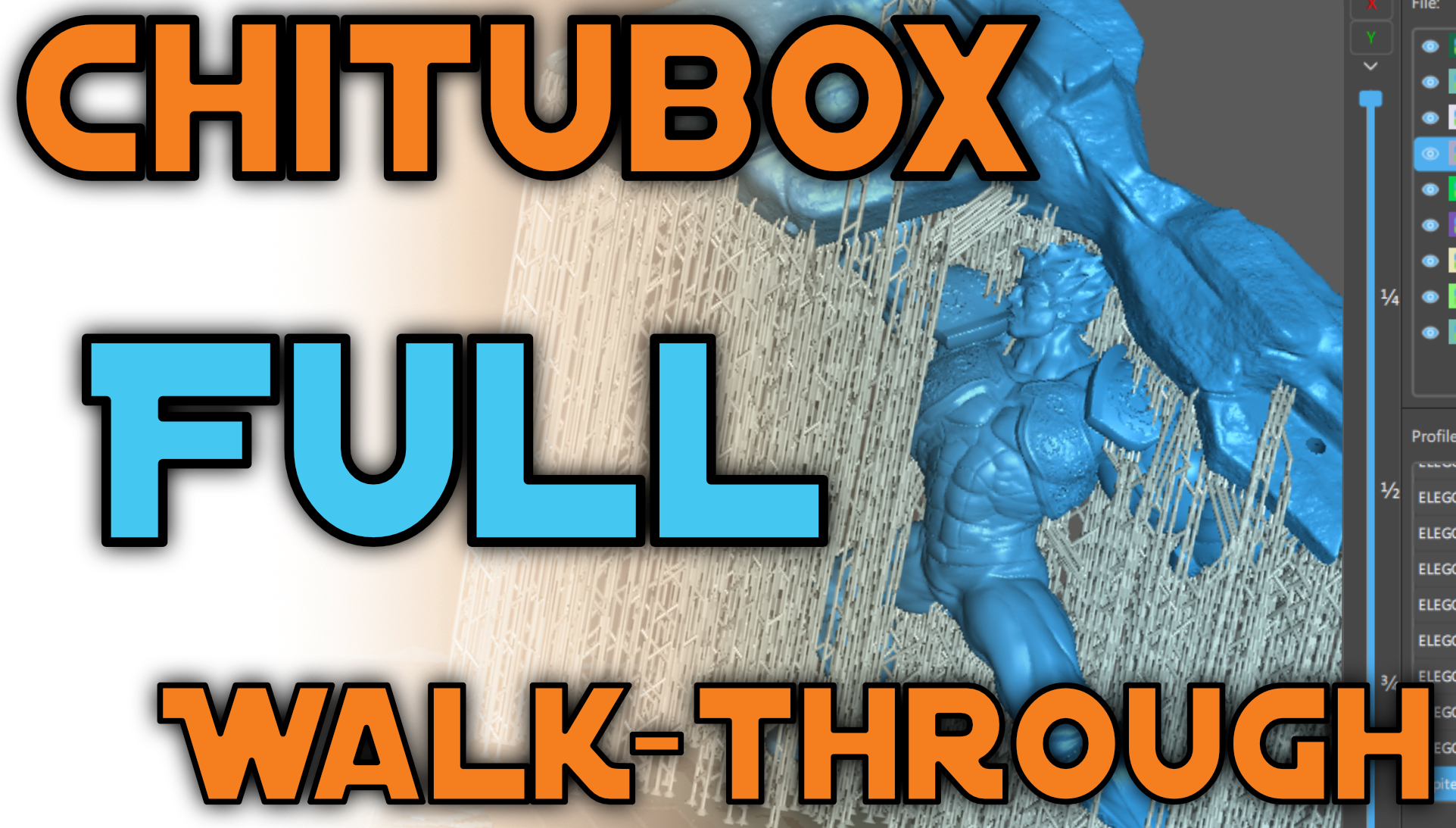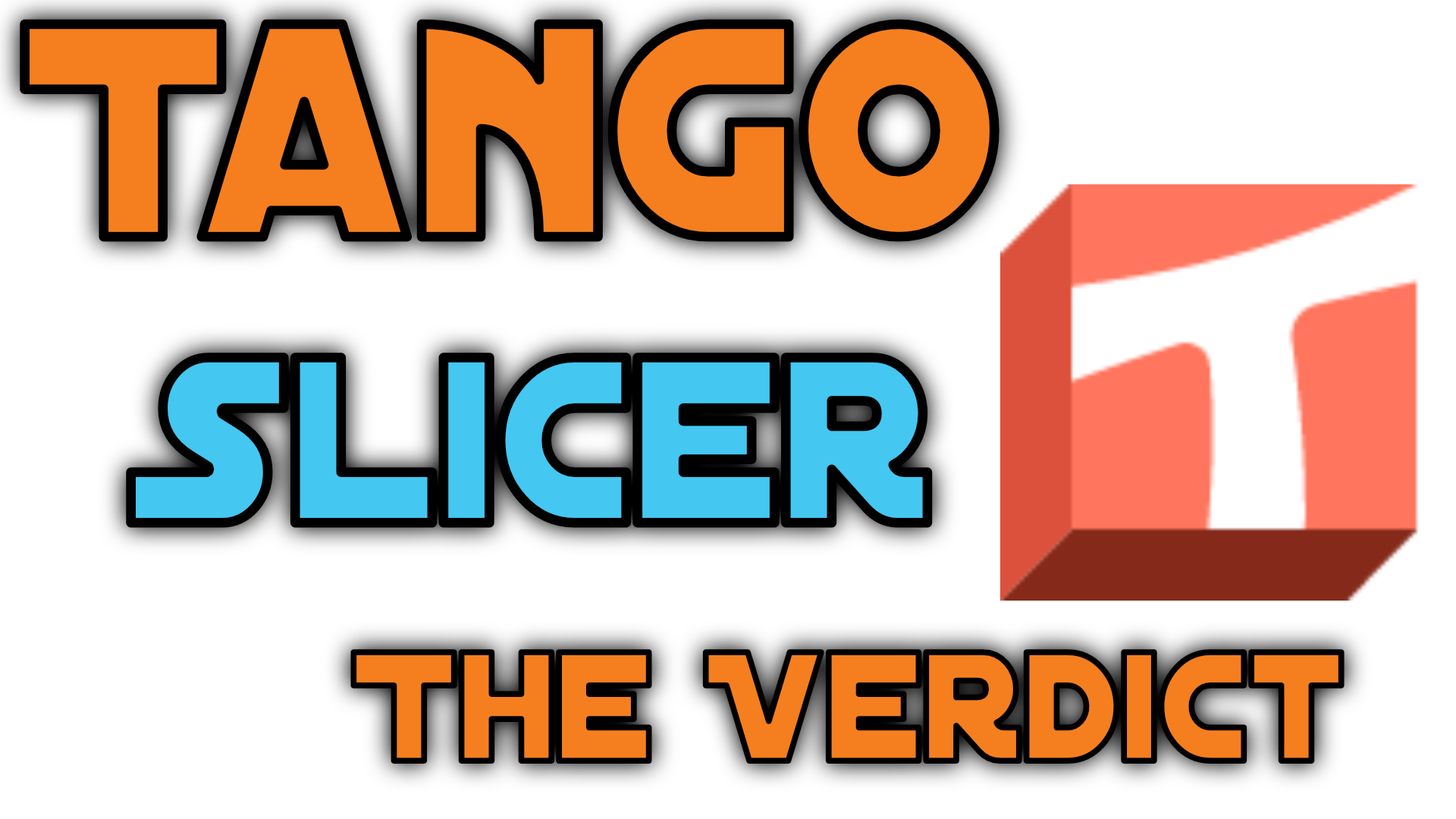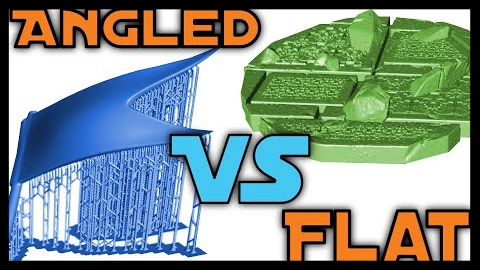Nozzle Change – CR10 V3 3D Printer
Transcript Hello everybody and welcome to another video tutorial. Today we’ll be addressing the question that some of you had in the past as to how to change the nozzle on the CR10 V3 since the housing is very tight …



